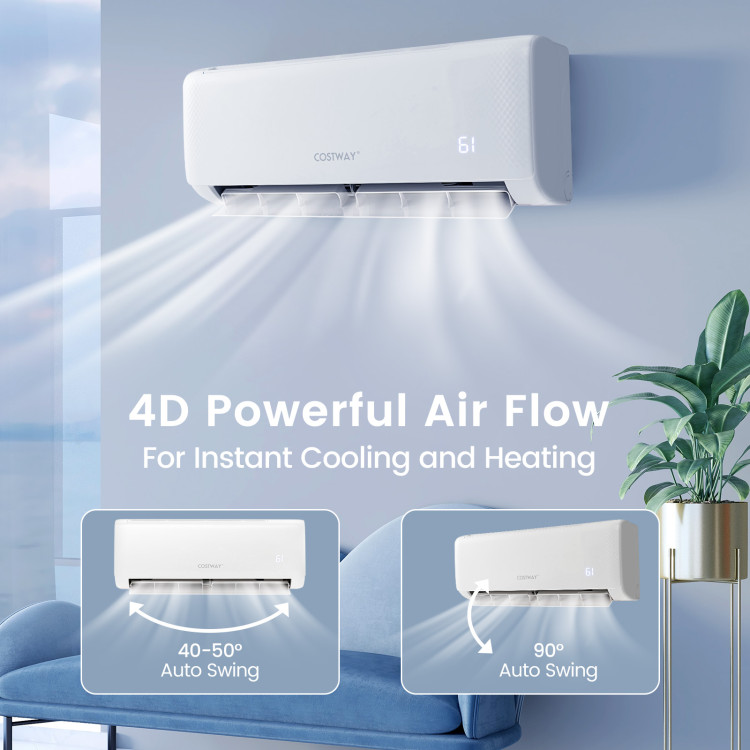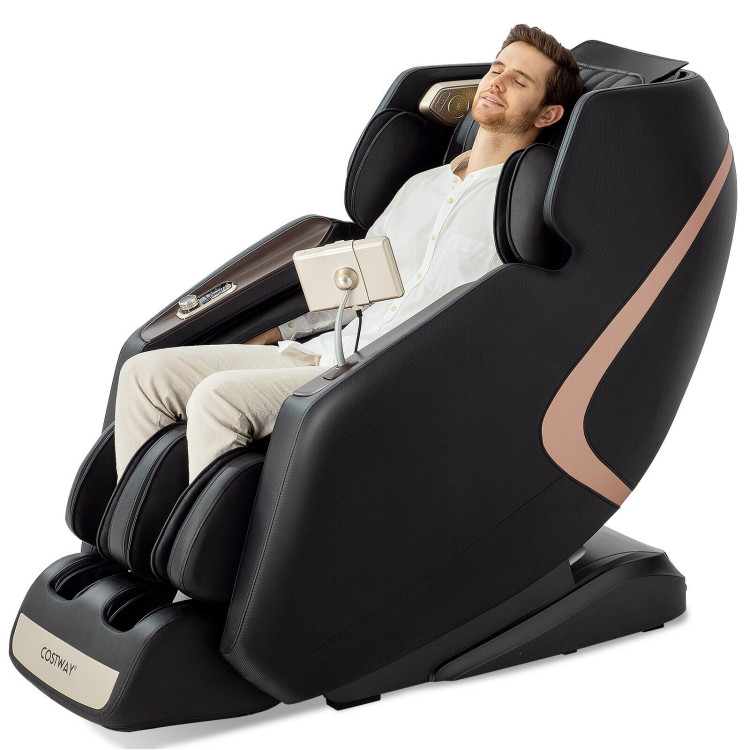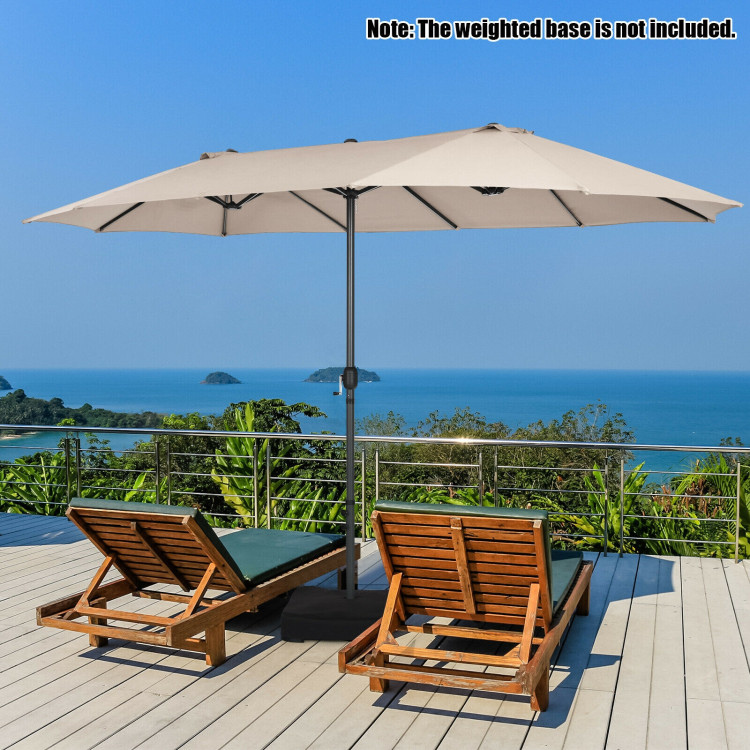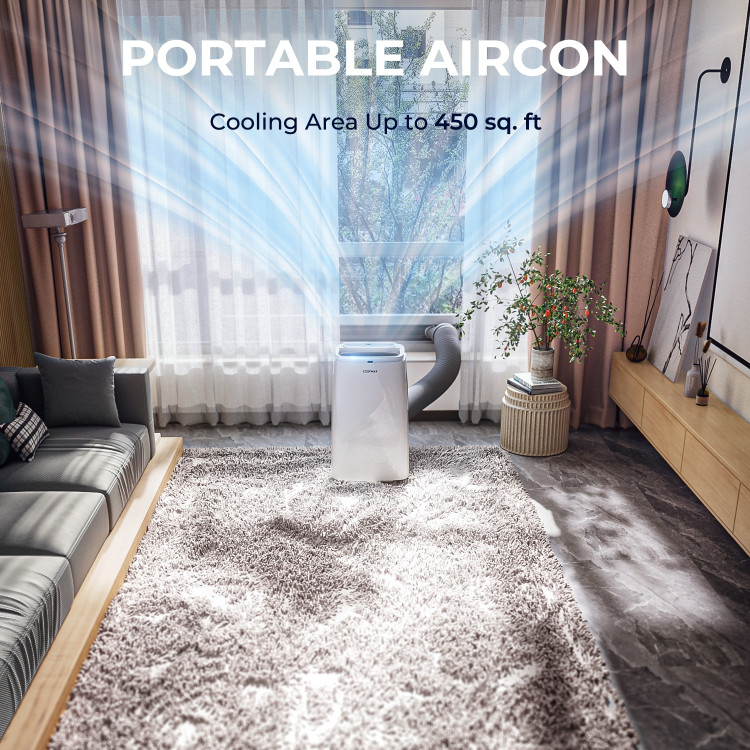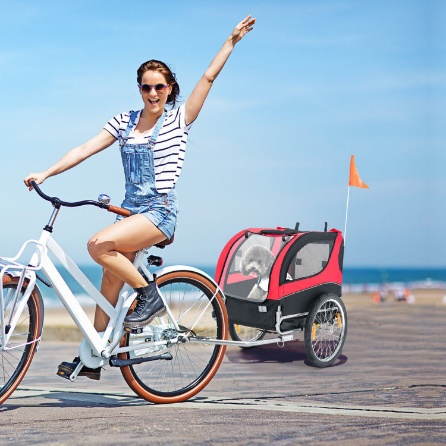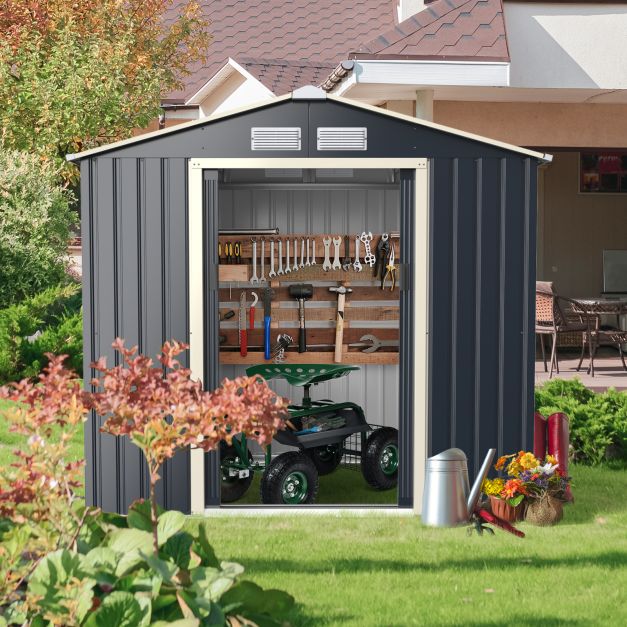Choosing the right winter split air conditioning system for optimal indoor comfort during winter requires considering several factors.
1. Heating Capability: Look for a split system that offers both cooling and heating functions. Many modern split systems come with a heat pump that can efficiently heat your space during winter.
2. Energy Efficiency: Check for systems with high energy efficiency ratings (SEER - Seasonal Energy Efficiency Ratio for cooling, and HSPF - Heating Seasonal Performance Factor for heating). Higher ratings typically mean lower energy consumption and reduced utility bills.
3. Size of the Room/Space: Ensure the system you choose is appropriately sized for the area you want to heat. An undersized unit won't effectively warm the space, while an oversized one can cycle on and off frequently, leading to inefficiencies.
4. Climate Consideration: If you live in an area with extremely cold temperatures during winter, ensure the system can handle the low temperatures efficiently.
5. Additional Features: Consider extra features such as programmable thermostats, air purifiers, dehumidifiers, or smart technology integration for enhanced comfort and convenience.
6. Installation Requirements: Ensure that installation requirements align with your space. Split systems typically have an outdoor condenser and indoor air handling units. Professional installation is crucial for optimal performance.
7. Maintenance Needs: Consider the ease of maintenance and cleaning. Filters and other components should be accessible for regular upkeep.
8. Budget: Determine your budget and consider the upfront cost and long-term energy savings when selecting a system.
17000 BTU 21 SEER2 208-230V Ductless Mini Split Air Conditioner and Heater
This mini split AC unit features cool, dry, heat, and fan modes and other practical functions including ℉/℃ temp display, turbo mode, sleep mode, and 24H timer. With a 1.5-ton heat pump, this mini split air conditioner enables a wide coverage of up to 1250 sq. ft. The durable outdoor unit can withstand a max operating temperature of 14℉-122℉, offering stable performance under extreme weather conditions.
What's more, this technology adjusts the compressor speed to maintain the set temperature without frequently turning the compressor on and off, which has less energy cost and offers stable cooling. With a 21 SEER2 rating and a 9 HSPF2 rating, this unit is built to be energy efficient. It is also ETL-approved and AHRI certified.
Note: Filled with the new R32 refrigerant, the most eco-friendly choice ensures the best air quality both indoors and outdoors. If additional refrigerant needs to be added to the lines, check R32 availability at your local seller.
Tips:
Additionally, here are some tips on how to use your split system efficiently during the winter months.
Choose Aim for a comfortable temperature that isn't too high, as this will help save energy. Around 68-72°F (20-22°C) is generally comfortable for most people. Besides, ensure all windows and doors are closed properly to prevent warm air from escaping and cold air from entering the room. This helps maintain the desired temperature inside. If your split system allows for zoning or multiple units, consider only heating the rooms that are in use. Close doors to unused rooms to conserve energy.
Use the Timer Function: If your split system has a timer, use it to schedule when the unit turns on and off. For example, set it to start heating before you wake up in the morning and to turn off when you leave for work.
Ensure Proper Insulation: Insulate your home properly to reduce heat loss. Check for drafts around windows and doors and seal them to maintain a more consistent indoor temperature. Close curtains or drapes at night to prevent heat loss through windows. Open them during the day to allow sunlight to naturally warm the room.
If you have specific areas in your home that need extra warmth, consider using space heaters or electric blankets to avoid overworking your split system for the entire house.
